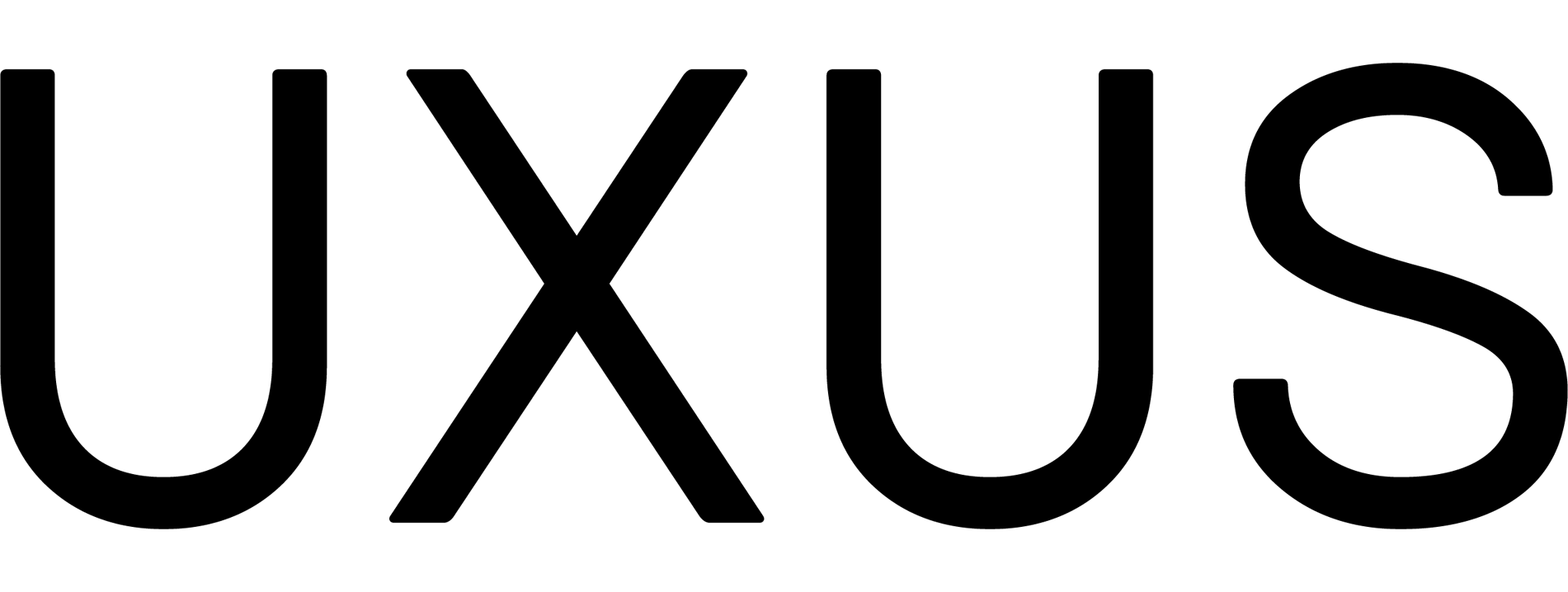
Designing a Better Tomorrow Series: Overcoming Sustainability Fatigue with the Power of Design
Explore a sustainable future with Creative Strategist Rachel Edmonds, as she unlocks the potential to shape a tomorrow defined by sustainability, innovation, and collective prosperity through purposeful and forward-thinking design.
Read more


